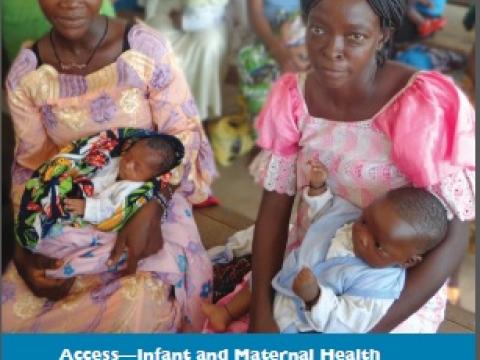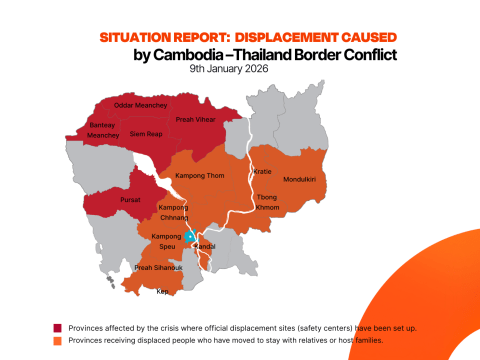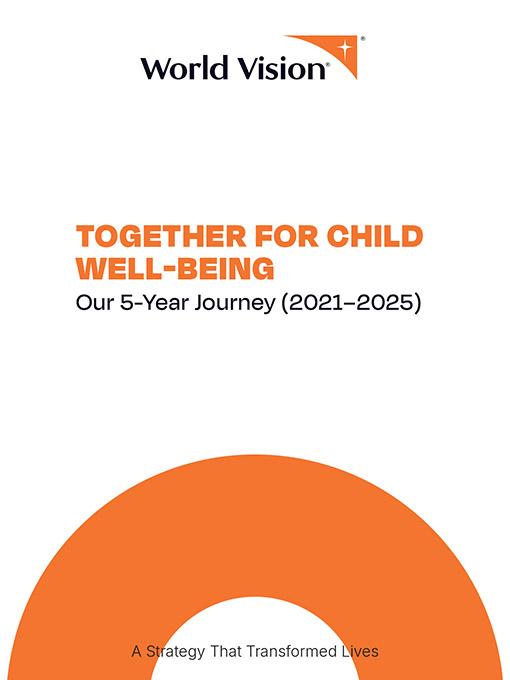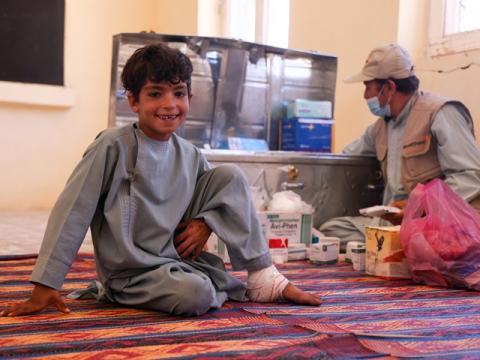AIM Health MNCH Programme Evaluation Report
Download
The Access - Infant and Maternal Health (AIM Health) programme is a five-year initiative of World Vision Ireland, with funding support from Irish Aid, implemented between January 2011 and December 2015 in ten Area Development Programs (ADPs) of WVIRE across Kenya, Tanzania, Uganda, Mauritania and Sierra Leone.
The overall goal of AIM Health was to improve maternal, newborn and child health outcomes and reduce maternal and infant mortality, which are unacceptably high in these locations.
Programme Design: AIM Health is built on global evidence for effective, low cost interventions at the primary-care level, focusing on the first 1,000 days of life, and on community involvement and strengthening of health systems as a whole. These are also enshrined in WV‘s 7-11 intervention package. AIM Health focused on empowerment, prevention, demand creation, (rather than service delivery), partnering with Ministries of Health (MOH) and providing 360-degree support for behaviour change related to MNCH practices, through the implementation of three core project models: Timed and Targeted Counselling (ttC) at the household level through Community Health Workers (CHWs), Community Health Committees (COMMs) at the community level and Citizen Voice and Action (CVA) at the environmental level. AIM Health focused on three population-level outcomes to achieve the survival and well- being of children and mothers:
1. Mothers and children are well nourished
2. Mothers and children are protected from infection and disease
3. Mothers and children access essential health services
Achievement of impact:
The outcome and impact results as generated in this end line evaluation indicate that the programme goal of reducing infant and maternal mortality has been achieved to the desired level in most programme sites.
- Reduction in neonatal mortality has been achieved in all programme sites; attaining (and often surpassing by far) the programme target of 20 percent reduction in all except one. The 16 percent reduction attained in the one site is also close to the programme target.
- The under-five mortality rate reduced to the programme target level (20 percent reduction) in four programme sites; and declined but not to the level of programme target in two other sites. The rate worsened substantially in two programme sites; largely attributable to service delivery gaps that were beyond the control of the programme and its interventions.
- The maternal mortality ratio declined in all programme sites; attaining the programme target in three programme sites; and achieving reduction rates close to this target in two other sites.



